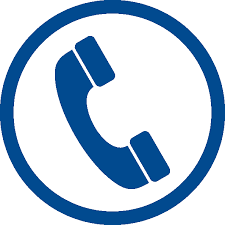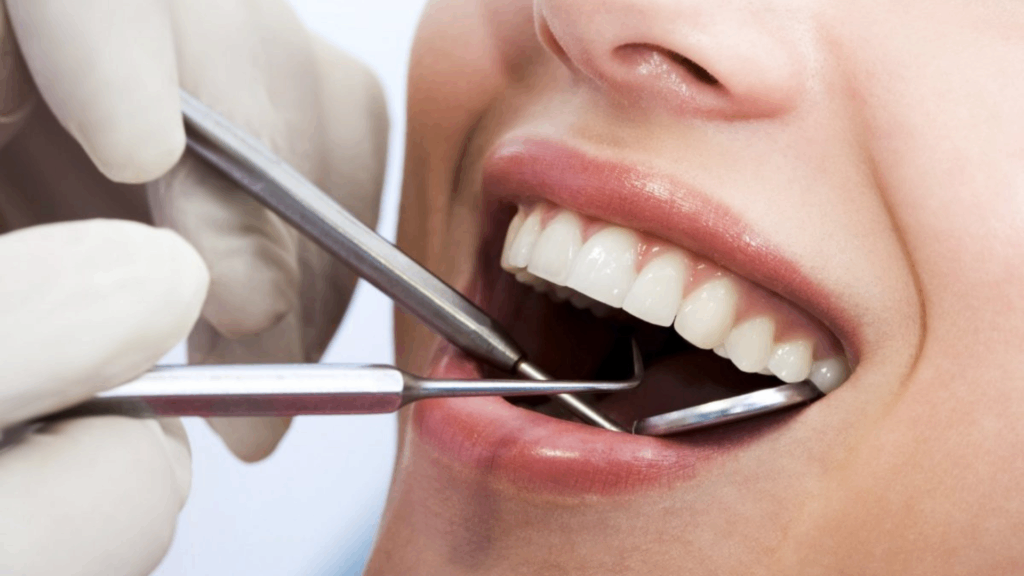Getting a “Cure” For Untreatable Medical Conditions from Your Dentist!
That’s right! Your dentist may be able to help save a loved one from a terrible medical condition. In recent years, many people, including myself when my children were born, subscribed to saving their stem cells just in case. The fact is, Karma, Fate, Universe, God or whatever source your ideology supports, does not discriminate as to who gets a bad or terminal disease. Though as parents we are and should be always hopeful that bad things don’t happen to our children, we can never know. Hence, thankfully, Stem Cell research has provided another venue to help us protect our loved ones against these unlucky turns of events. Stem cells harvested from someone’s teeth, similar to those of the umbilical cord blood, can be used to help treat many conditions for that person or their family members in some cases.
A bit of history:
In the early 1980s, the concept of using umbilical cord blood as a stem cell came about and was first tried in 1988, in a 6-year-old child in France who was suffering from a blood disorder. In the early 1990s, U.S. adopts this scientific breakthrough starting with New York first, and soon after, the trend spreads across the country. 1998 was the year when stem cells were successfully used to treat a middle-aged man who had leukemia (a form of blood cancer). By early years after the new millennium, pre-implantation genetics testing was successfully performed to ensure a perfect match.
The major breakthrough in dental history was achieved in the year 2000 when Gronthos et al. identified and isolated some form of stem cells in the dental pulp. These cells were referred to as Dental Pulp Stem Cells (DPSCs). Since this discovery, several researchers have reported varieties of dental stem cells coming from different parts of teeth that can be used to treat different conditions in different parts of the body. DPSCs, however, remains as the best source for the harvest of the stem cells and are commonly found inside baby teeth and wisdom teeth.
A bit of science:
We are all created starting with a single cell. That very first cell, divides into two, and then each resulting cell divides into two more, and this cycle repeats over and over until thousands upon thousands of cells are formed into a mass named Gastrula, which has three distinct layers: Ectoderm, Mesoderm, and Endoderm. The cells Each layer gives rise to specific tissues and organs in the developing embryo. The ectoderm gives rise to the skin and the nervous system. The endoderm gives rise to the digestive system, the lungs, and organs associated with the digestive system, such as the liver and pancreas. The mesoderm gives rise to many cell types including muscle, bone, the heart, blood and blood vessels. The stem cells discovered in teeth fall under the latter category and they have been shown to be used to regenerate bone, ligaments, blood vessels and more.
Uses:
Regenerative dentistry has been around for years and is becoming more common every day. In our office, we perform many regenerative procedures using stem cell-derived growth factors, for example, to help with repair and regeneration of the jaw bone and gingival (gum tissue) defects for implant placements or cosmetic reasons. However, tooth banking to preserve and store teeth after extraction or exfoliation significantly widens the scope of this scientific breakthrough.
Today, the stem cells from saved teeth can be used to cure Blood Cancer (Leukemia, Lymphoma), Immunodeficiencies, Bone/Cartilage repair, Bone Marrow Diseases, Metabolic Disorders like Diabetes, Heart Diseases, and Nervous System Disorders such as Multiple Sclerosis.
There are over two thousand reported clinical trials trying the expand the application of stem cells to cure more diseases such as Autism, Alzheimer’s, Parkinson’s, Brain Injury, Eye Damage, Hearing Loss, Muscular Dystrophy, Heart Defects, Kidney Diseases, and more.
What to do next:
Contact us at Happy Smiles Dental or consult your dentist. For a small fee by the storage facility of your choice, you might be able to save the life of your loved ones.






